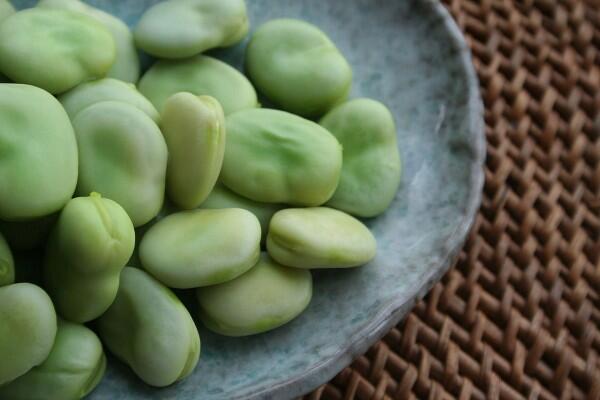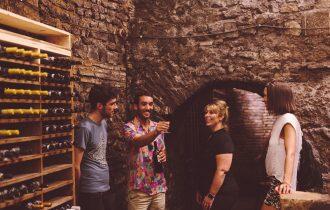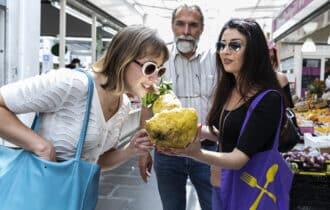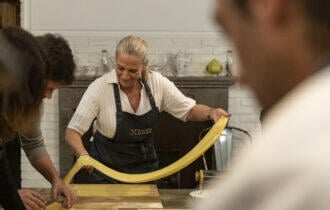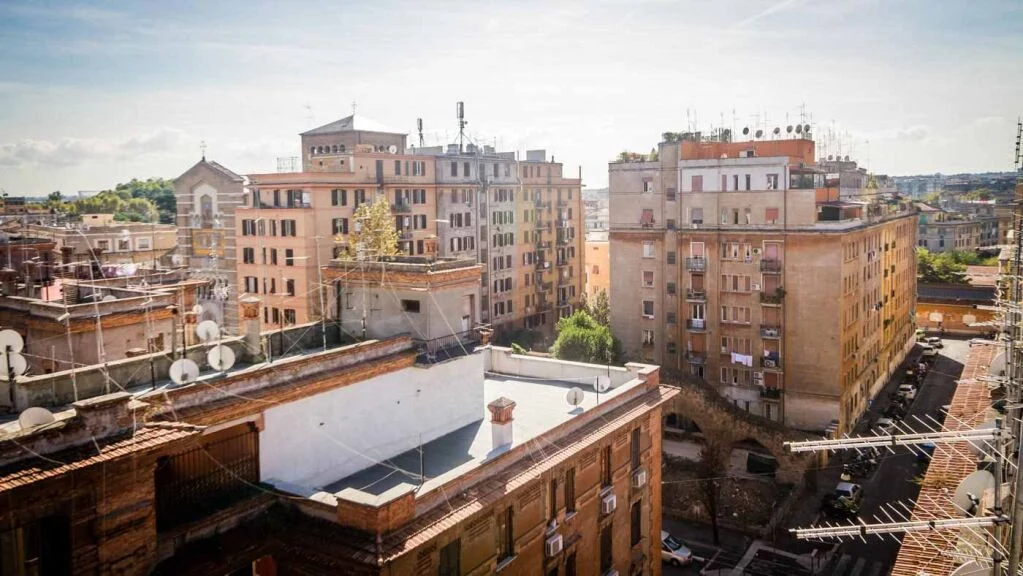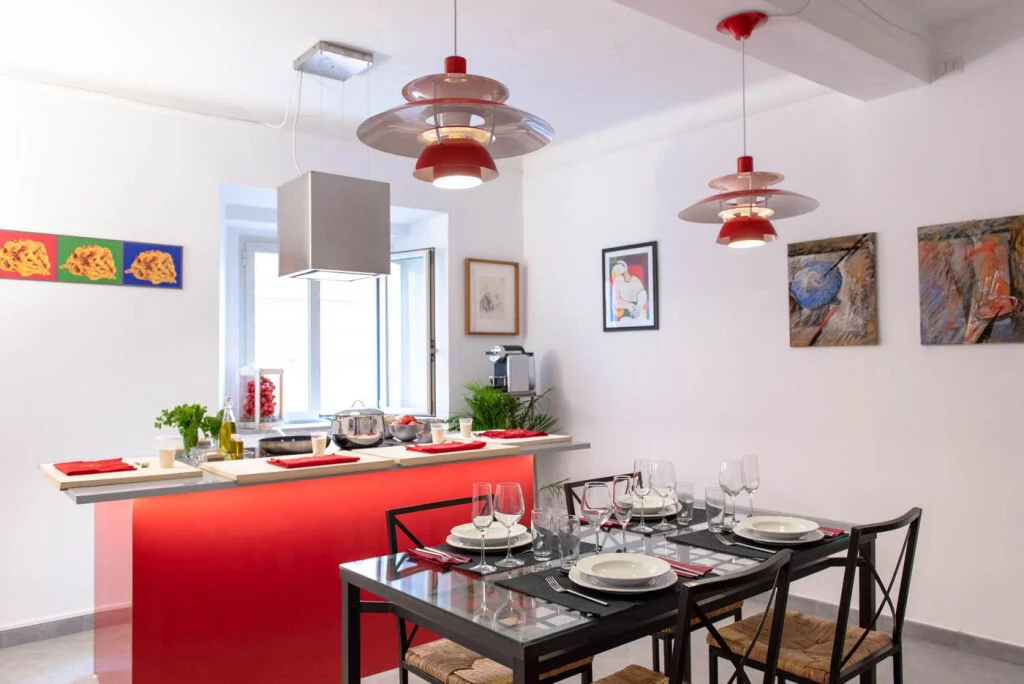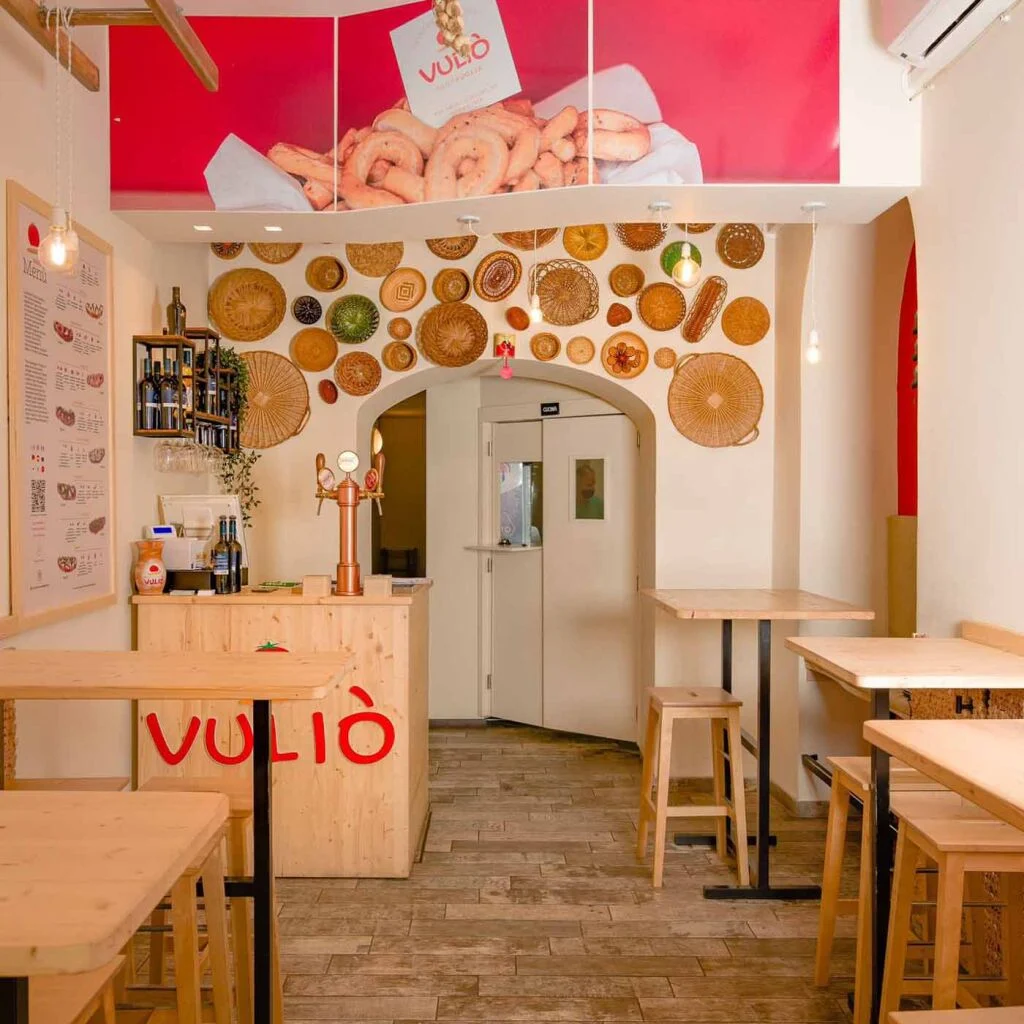This post was written by Marco Lori, our resident wine expert.
The most famous gastro tradition of Italy in May (and the current spring season) is the fava bean, or broad bean in the UK and Australia. No May meal would be complete without a final course of fresh fava beans coupled with Roman Pecorino cheese and a glass of chilled white wine.
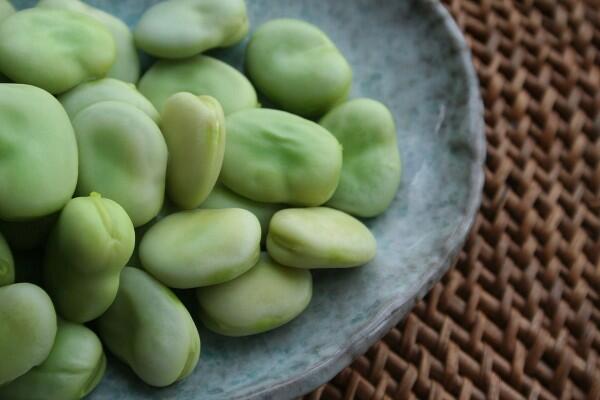
Some History
Long, long ago, favas were associated with funerals, as food for the deceased. Commonly, funeral goers would be served these broad beans while mourning. In Greek times, the philosopher Pythagorus (570 B.C.) suffered from favismo (a lethal allergy to the fava bean) and forbade his disciples to cultivate or eat them. During Ancient Roman times, however, fava beans held a very different significance: they were considered erotic. The actual bean inside the pod was called the baccello. The Romans believed that when split in half the baccello resembled the female genitalia. They also thought the seeds inside the baccello represented its fertilisation. This erotic legume signified new life for the citizens of Rome. For this reason, they were commonly served in the 3rd century B.C. during the festival of spring to honour the Goddess Flora, the protector of the season. The procession “Ludi Flores” was observed from the 28th of April until the 3rd of May. To celebrate, Romans would throw fava beans to the crowd during the procession.
From that point, the fava was considered a precious addition to any table. Cheeses also became an important staple of Ancient Roman meals during the same time. In 200 B.C., Pliny the Elder wrote about the cheeses served at Roman banquets and noted the importance of their long shelf life (due to their high quantity of salt). For the legions of Romans soldiers who traveled, these qualities made pecorino a fundamental part of their diets. Between the nutritional value (high in calcium and protein) and the fact that the cheeses were easily digestible and portable, Ancient Roman cheeses were the perfect staple for any tired soldier.
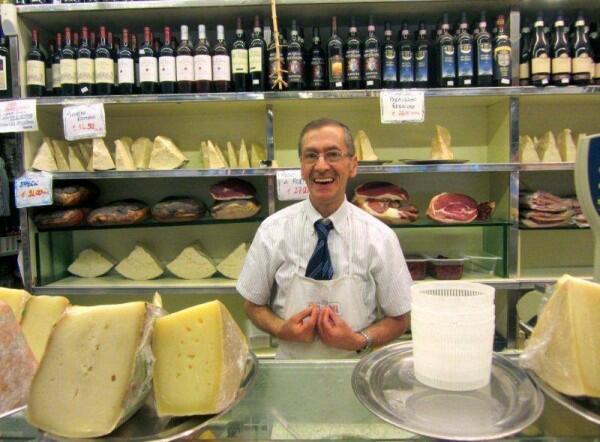
Romans and Fava Today
The current May Day tradition in Rome of eating fava and pecorino stems directly from Ancient Roman times. For centuries, Roman families would kick off the beginning of the warm season and celebrate “happiness and prosperity” by leaving their homes and eating their meals out in the country. Because the fava beans are harvested in early May and because pecorino was so convenient for a picnic, this made them the perfect addition to a lunch fuori porta, or outside your door. Since 1891 Italians also celebrate Labor Day on May First as well. Today, many Roman families still pack up their wares and head out for a picnic with fava beans and pecorino to celebrate. But in no way is this May celebration complete without a good wine to pair with the bean and cheese tradition. The fava has a sweet base with green notes and a crunchy texture. The pecorino is known for its salty flavor and fatty texture. Therefore, they demand a white wine that is well structured but smooth and with a high alcohol content. A wine with these characteristics will balance nicely with your celebratory menu.
For the perfect wine I suggest: Fontana Candida Luna Mater 2011 DOC Frascati Superiore Secco 14.5%
The name Luna Mater evokes the concept of procreation. In this case, it is symbolic of the birth of wine in the cellar. This wine is composed of 40% Malvasia Puntinata, 35% Malvasia di Candia, 10% Bombino bianco, 10% Greco and 5% Trebbiano giallo. Harvested when they are slightly over mature to give more residual sugar and smoothness, the grapes in this wine are a nice contrast to the pecorino. Luna Mater is aged in oak barrels for a few months that are then placed inside a stone cave called “grotte di tufo” where the wine is further aged. This process is responsible for the brilliant, golden color of Luna Mater. The fragrance is pleasant with notes of tropical fruit, thyme, sage, minerals and finally a sweetness that gives the finish an air of elegance and harmony. With its 14.5% alcohol proof, Luna Mater has an unexpected persistence. This fine blend should be served at 12 degrees Celsius. Fava beans, pecorino and a chilled bottle of wine from Frascati combined with a Roman countryside view and a few friends is a great way to spend any day in May!

